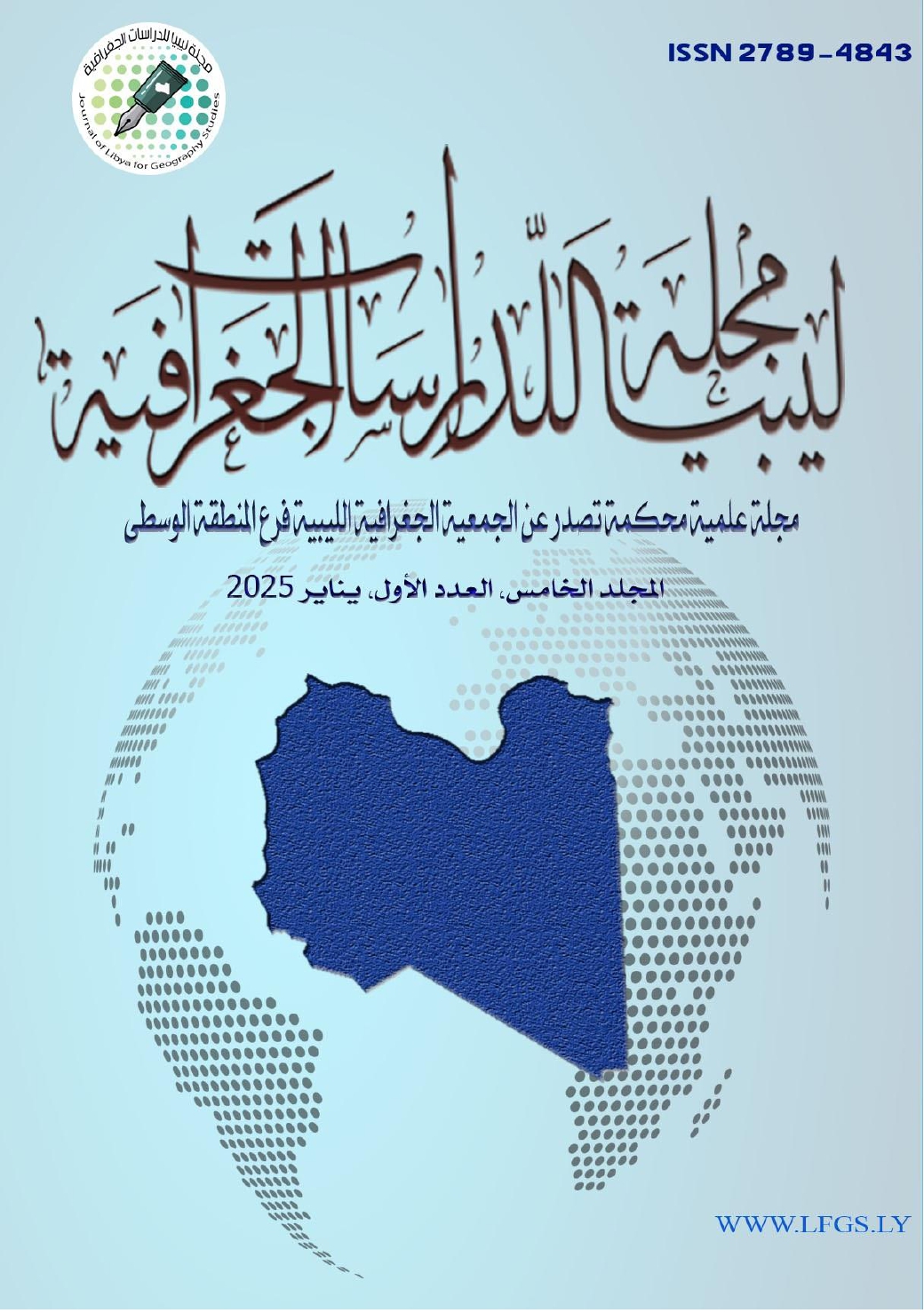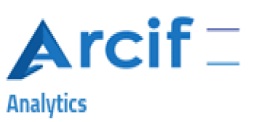Atmosphere Correction In Satellite Images of Landsat TM of the aljabal al'akhdar region
DOI:
https://doi.org/10.37375/jlgs.v5i1.3119Keywords:
Atmospheric correction, Landsat, remote sensingAbstract
Remotely sensed data is an effective source of information for monitoring changes in land use and land cover. However remotely sensed images are often degraded due to atmospheric effects. Atmospheric correction minimizes removes the atmospheric influences that are added to the pure signal of target and to extract more accurate information. The atmospheric correction is often considered critical pre-processing step to achieve full spectral information from every pixel especially with hyper spectral and multispectral data.
The research aims to provide multispectral atmospheric correction methods that do not require auxiliary data in the spatial domain and the transformation domain, and is proposed atmospheric correction using a linear regression model and test it on a Landsat image consisting of 7 multispectral bands and its performance is evaluated using visual and statistical measures. The application of the atmospheric correction method for vegetation analysis is also presented, which is the subtraction of dark objects.
One of the most important results of this research is that the atmosphere has an effect on remotely sensed images, which causes errors in the reflectance values. Therefore, removing this effect from images using some methods, some of which are widely used to reduce fog within the image, requiring only the information in the corrected digital image data (DN) without any external information such as the dark object subtraction method, and some of them require statistical coefficients and corrected models such as the linear regression method, and both methods are sufficient to correct the satellite image from any atmospheric effect.
References
- Aggarwal, S. (2004). Principles of remote sensing. Satellite remote sensing and GIS applications in agricultural meteorology. "In Proceedings of the Training Workshop in Dehradun, India. AGM-8, WMO/TD, no.1182, 39-65
- Bannari, A., Morin, D., Bonn, F., & Huete, A. R. (1995). A review of vegetation indices. Remote Sensing Reviews, 13(1-2), 95-120.
- Campbell, J. B. (2002). Introduction to remote sensing. CRC Press.
- Chuvieco, Emilio, and Alfredo Huete. (2009). Fundamentals of satellite remote sensing. CRC Press Inc., London, no.110, 130
- Cracknell, A. P. (2007). Introduction to Remote Sensing. CRC press. New York.
- Feng, M., Sexton, J., Huang, C., Masek, J., Vermote, E., Gao, F & Townshend, J. (2013). Global surface reflectance products from Landsat: Assessment using coincident MODIS observations. Remote Sensing of Environment, 134, 276-293
- Hill, J., Stellmes, M., Udelhoven, T., Röder, A., & Sommer, S. (2009). Mediterranean desertification and land degradation: mapping related land use change syndromes based on satellite observations. Global and Planetary Change, 64(3), 146-157.
- Jiménez, M., & Díaz-Delgado, R. (2015). Towards a standard plant species spectral library protocol for vegetation mapping: A case study in the shrubland of Doñana National Park. ISPRS International Journal of Geo- information, 4(4), 2472-2495.
- Ju, J., Roy, D., Vermote, E., Masek, J& Kovalsky, V. (2012). Continental-scale validation of MODIS-based and LEDAPS Landsat ETM+ atmospheric correction methods. Remote Sensing of Environment, (122), 175–184.
- Kharuk, V. I., Alshansky, A. M., & Yegorov, V. (1992). Spectral characteristics of vegetation cover: factors of variability. International Journal of Remote Sensing, 13(17), 3263-3272.
- Lillesand, T., Kiefer, R. W., & Chipman, J. (2014). Remote sensing and image interpretation. John Wiley & Sons. New York
- Maiersperger, T., Scaramuzza, P., Leigh, L., Shrestha, S., Gallo, K., Jenkerson, B., & Dwyer, J. (2013). Characterizing LEDAPS surface reflectance products by comparisons with AERONET, field spectrometer, and MODIS data. Remote Sensing of Environment, 136, 1-13.
- Nazeer, M., Nichol, J. E., & Yung, Y. K. (2014). Evaluation of atmospheric correction models and Landsat surface reflectance product in an urban coastal environment. International Journal of Remote Sensing, 35(16), 6271-6291
- Soleimani, K., Kordsavadkooh, T and Muosavi, S. (2008). Effect of environmental factors on vegetation changes using GIS (Case Study: Cherat Catchment, Iran). World Applied Sciences Journal, 3, 95-100.
- Suwanprasit, C., & Srichai, N. (2012). Impacts of spatial resolution on land cover classification. Proceedings of the Asia-Pacific Advanced Network, 33, 39-47.
- Tuominen, J., & Lipping, T. (2011, April). Atmospheric correction of hyperspectral data using combined empirical and model based method. In Proceedings of the 7th European Association of Remote Sensing Laboratories SIG-Imaging Spectroscopy Workshop, Edinburgh, Scotland, UK (Vol. 1113).














